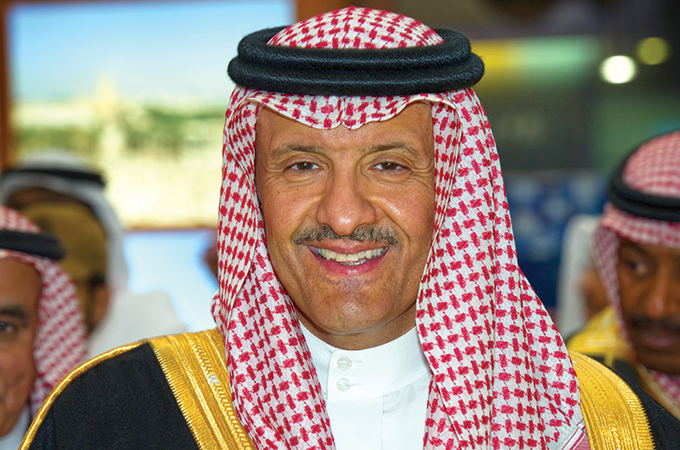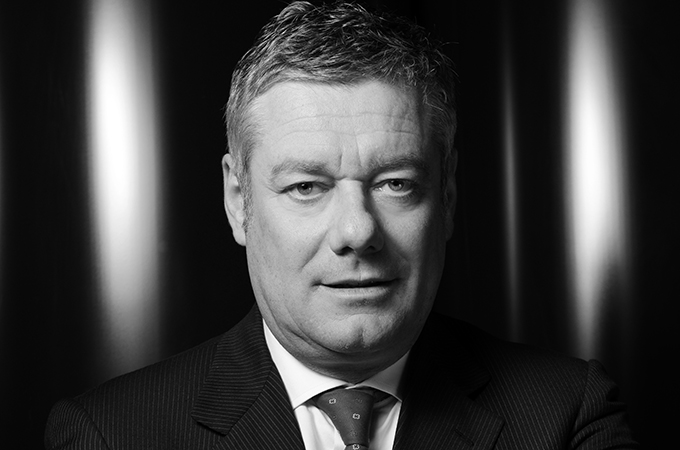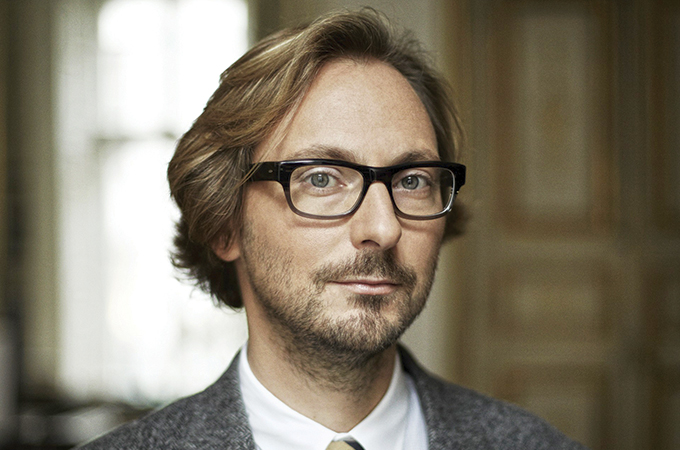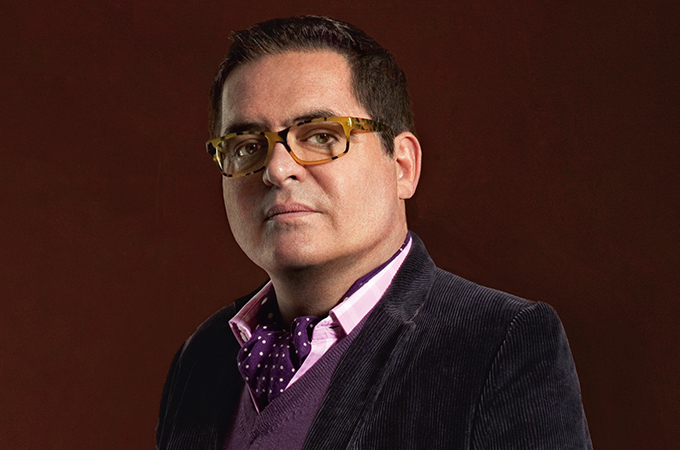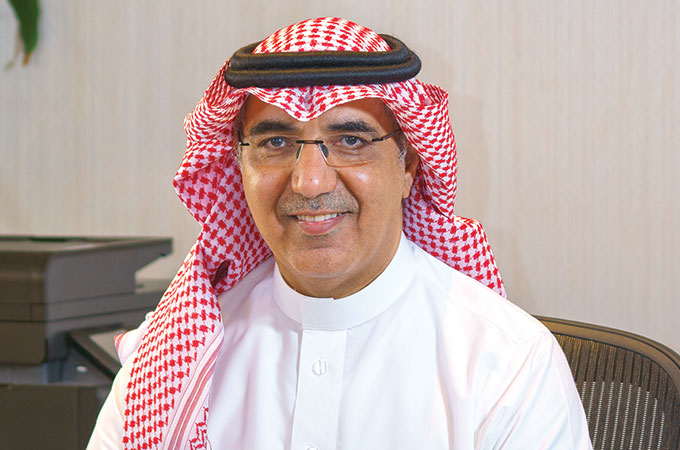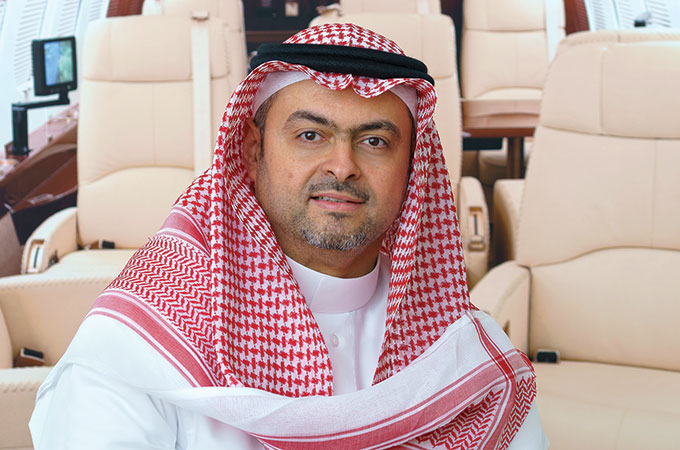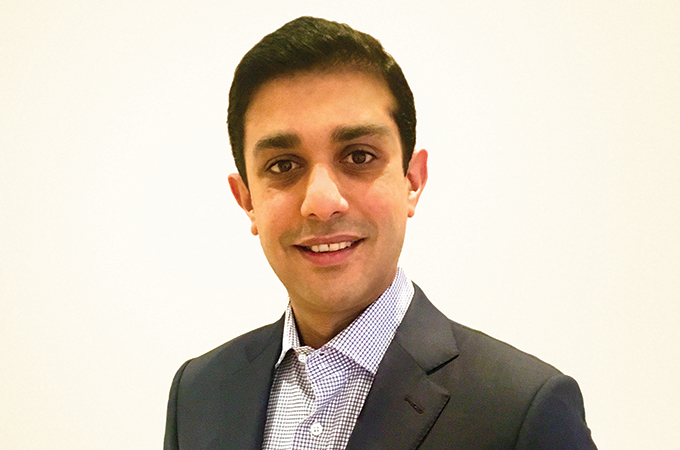Spring 2016
The waters from the well of Zamzam were the inspiration behind Dr Yahya Hamza Koshak’s many accomplishments in engineering and his contribution to the development of Saudi Arabia
Dr Yahya Hamza Koshak is a man of many parts who has distinguished himself throughout his life at many levels. He was born in Saudi Arabia’s Holy City of Makkah in 1941 into the Koshak family home. His father Hamza was well known in the city where he worked in contracting and engineering and was often commissioned for special work on the well of Zamzam near the Ka’ba.
His father travelled widely because of his great knowledge of Makkah and also because he was an expert on gemstones, and his visits took him to China, Afghanistan, Russia and Turkey. It was during one of his regular visits to Turkey that Hamza met his wife-to-be, whose father had been in the Ottoman army and retired to Istanbul.
“The story goes that when my mother came to Makkah she brought with her an oud, a sewing machine and a typewriter,” recalls Koshak.
Koshak was born at a time when education in Saudi Arabia was still in its infancy. However, a kindergarten had just been opened in Makkah which he attended together with his elder brother. “Education was as precious as water,” he recalls.
Koshak was then sent to Taif for his primary and secondary education to the famous Alnamozagiah School, an elite boarding school established by King Faisal in the early 1950s. His school friends included HRH Prince Khalid bin Faisal Al Saud and other members of the Royal family and Koshak recalls seeing the early drawings and paintings of the Prince at that time.
On completing his schooling, Koshak attended the faculty of engineering at Ain Shams University in Cairo and was awarded an engineering degree from Riyadh University in 1967. A master’s in civil engineering and health was awarded by the University of Washington in 1970 followed by his doctorate from the same university.
THE ENVIRONMENT
Koshak considers himself as one of the first environmental engineers in Saudi Arabia as this was a new profession based upon a multi-disciplinary approach.
“Many people asked me what environmental engineering was, as it involved new scientific methodology. We were looking at everything from the air to water pollution and garbage disposal, how to deal with water supply, storm water and sewerage and how to tackle environmental challenges,” says Koshak.
While studying for his master’s in Washington, he continued his research into the water resources around Makkah as well as research into using ultraviolet (UV) rays to clean and purify water from the Zamzam well.
When Koshak’s professional career began in the 1970s, Saudi Arabia was embarking on a multitude of landmark developments and, as such, mainstream engineering skills for water were in great demand.
In parallel with engineering, Koshak also started to develop a strong interest in natural, complementary and alternative medicine. A strong advocate of lifelong education, his expertise and renown in these medical disciplines has brought him many international accolades and awards including degrees, diplomas, honorary doctorates and memberships.
“When I joined Ain Shams University, I had inadvertently indicated my preference was to study medicine and become a doctor but as I have never liked the sight of blood, this path was not to be,” he recalls.
Subsequently, Koshak established an innovative natural medical treatment centre in Jeddah to complement traditional medicine and standard medical practices. He also established the Koshak Research Institute to examine magnetic therapy, neuro-linguistic programming, hypo-therapy, acupuncture, homeopathy, and resonance therapy.
Relating his life story from his extensive offices in Al Hamra district in Jeddah, Koshak tells Arabian Knight that he has been working in the same office for more than 35 years and loves it the way it is.
Integrated into his impressive property, his offices meet his requirements for his general consultancy for architecture, design and engineering. It includes a library, a laboratory, a pool and other facilities for the practice of alternative medicine. In addition, Koshak’s office maintains several properties in Makkah.
ZAMZAM WATER
Underpinning and guiding his many professional accomplishments is his spirit of natural curiosity and humility that has also led to a lifetime’s association with the well of Zamzam. In fact, Koshak has been involved with Zamzam for more than seven decades with this association continuing to inspire him till today.
Fed by several natural springs, Zamzam has fascinated the world for several thousand years. Today, the well is not open at the surface but fed into underground galleries reached by steps with numerous faucets supplying water to thousands of pilgrims at any one time.
At a very young age on a dark night in Makkah, Koshak remembers leaving his home in the early hours to visit the well returning to his home with his venture unknown by his parents.
“Our house was situated about 150 m from the front of the Al Safa Gate of the Grand Mosque and it was easy to see the well of Zamzam through our windows. My attention was often drawn to the pilgrims and residents jostling one another to drink the water and perform their ablutions.
“My earliest recollection of Zamzam is from around the age of three when I awoke before the fajr prayers and then walked down the road alone and found people dressed in white at the well. One of our neighbours saw me and asked me what I was doing. I told him I was there to drink Zamzam water. Later, I was told by my parents that I had been seen,” he recalls.
At this time, it was the custom to draw Zamzam water by buckets from the well to be collected in basins with people using special scoops or any drinking utensil they had available to drink from.
“I wondered about the particular interest that people had with Zamzam and I began my own fascination with the water after listening to stories about the well and its blessings, which affected me deeply at that time.
“When I was about ten years old, my father was asked by the Ministry of Endowments to provide sunshades for the well. At the time, the authorities were also preoccupied with looking into more hygienic ways to provide the drinking water. My father suggested that pumps be used to draw the water, subject to proving to the authorities that this would a good solution.
“There many objections to such ideas not only from traditional Zamzam suppliers but from those who believed that the water should only be drawn by bucket amidst concerns that the noise of pumps would disturb worshippers and those circumambulating the Ka’ba,” he recalls.
According to Koshak, there were many discussions with various authorities regarding the commissioning and installation of the pumps. His father persisted and such was its importance that he visited Germany to evaluate and look at the specifications for the latest submersible pumps. The result was that the first pump was installed in the well which proved to be a great success followed by the installation of a second pump as a standby.
“The quality of the water improved with the pumps as whereas the buckets had only reached the water level, the pumps were now drawing water from a depth of five or six metres. It became my conviction that Zamzam water must reach its drinkers in a clean and hygienic condition,” he continues.
WORK IN MAKKAH
Koshak’s professional career began in the Ministry of Interior for Municipal Affairs and a while later he would become the Deputy Mayor for technical matters in Makkah and Director General of the Water and Sewerage Department for the Western Region.
In the early years, Koshak did extensive studies on the engineering works required for the Ain Zubaida channels coming from Wadi Nouman as well as from the old Taif Road; the old aqueduct and sewerage channels within Makkah; on the well of Zamzam near the Ka’ba for water disinfection and implementing ultraviolet radiation systems for controlling bacteria; for establishing dual networks for Makkah to improve the quality of potable water; and the reuse of effluent as a secondary recycled water for agriculture and other uses.
He questioned the general approach to water conservation and the consensus view being taken whereby precious and costly desalinated water would be used for sanitary systems, irrigation and construction.
Koshak was an early advocate of water recycling whenever possible. The development of dual water systems, the central topic of Koshak’s master’s thesis, was for the construction of such supply systems in Makkah and other parts of Saudi Arabia. “My recommendation at that time was to have two networks for Taif, a system which was implemented and continues to work well today. The Ministry of Interior also asked consulting engineers Watson (Saudi Arabia) to comment on my thesis with the firm supporting my dual water system arguments. The Ministry assigned me to the firm and later I joined the firm as a partner after resigning from the Ministry,” he recalls.
During this period, as head of the consultancy in Makkah, Koshak was closely involved with studies on expanding the Mataf and the circumambulation passage, moving the entrances to the well and determining the best ways to distribute water inside the Holy Mosque as well as managing rainwater drainage and the sewerage systems.
“This also provided me with the opportunity to realise the dream of my life and to sterilise Zamzam water in a way that ensures that it retains its characteristic qualities and distinctive taste,” says Koshak, who also has extensive involvement in projects outside of Saudi Arabia including Egypt where he is a board member of the landmark City Stars real estate development in Heliopolis.
ADVISORY ROLE
By the late 1970s, Koshak had established his own flourishing consultancy and continued to act as advisor for many of the ideas about improving the well of Zamzam and protecting it from seepage, significant decisions that required Royal consent. Later, during his period as the Director General of the Western Region, Koshak was tasked to study the sources of the well, its feeder openings and determine whether other water sources leaked into the well.
“Thus, the mysterious relationship between the well and myself continued. This involved the handling of many developments and providing solutions from my knowledge of the drainage system of the Holy Mosque, its water networks, the plans of its basement, its architectural aspects and other technical details. Later, I prepared a report on the falling level of the underground water and its effects on the well,” he says.
As well as writing the standard work, ‘Zamzam, the Holy Water’ first published in 1983, Koshak has also produced a documentary titled ‘Zamzam: Nourishment and Curative’ based on his first-hand experience and a lifetime’s involvement with the well. The film has been produced in seven languages.
Koshak welcomes informed debate about the preservation of precious water resources.
“We can discuss the challenges scientifically and we can continue with various recommendations as we look at the development of the expanding urban areas of Jeddah, Makkah and Taif and the region. We have to look at all aspects from potable water supply to the treatment and disposal of sewage water and also aspects of recharging our aquifers,” he says. “As an environmental engineer, I have my own views not only because I have lived the problem but also found what the problem is through experience and what is the real cost to the economy for various strategies.”
A great family man, Koshak has seven children and sixteen grandchildren with a seventeenth on the way.
Among his sons, his eldest, Khalid, is an architect who works in real estate, Ahmed is a computer engineer with an MBA, while Mohammed is a computer scientist who runs his own company dealing with high-end Italian interior design, furniture and home automation.
His daughters are engaged in different professions: one is a civil engineer and a communications manager at the Dubai Electricity and Water Authority (Dewa) in Dubai; another is a pre-school teacher; a third a personal trainer and health and fitness guru; and the youngest, who has a BA and master’s degree in communication, works in the high-end hospitality sector in Jeddah.
Today, Koshak can look back with pride to his contribution to the development of Saudi Arabia, his many accomplishments in engineering that were inspired from his childhood in Makkah and interest in the waters of Zamzam.
“It’s encouraging to see my lifetime’s preoccupation with Zamzam bearing fruit in the form of service to Muslims across the world,” our Knight concludes.














